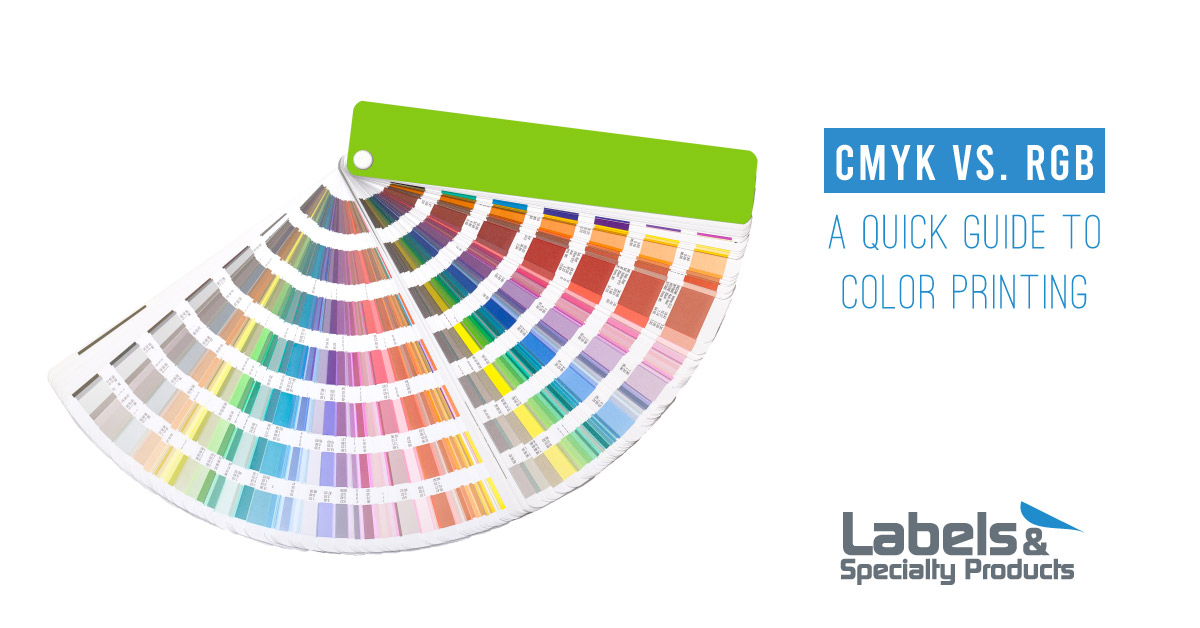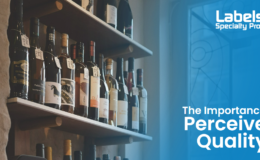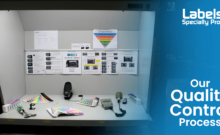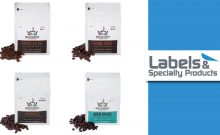CMYK vs. RGB: A Quick Guide to Color Printing
Identifying color is one thing: printing it is quite another. While the universe contains a full spectrum of colors, label printers are limited by the equipment and inks at their disposal. Both RGB and CMYK are modes for mixing color to use in your design’s color printing. However, they’re not interchangeable.
A color on a screen can look very different when printed onto a label. That’s why printing companies rely on specific references. As you’ll learn, knowing how both color formats work helps to determine which one is best for your design needs.
What is RGB?
The RGB color mode is known as an additive color spectrum—all colors begin as pure black and progressively brighten with layers of red, green and blue light. You can control elements like saturation, vibrancy and shading by varying the intensity of the three source colors.
Changing each base colors’ intensity level also creates specific pigments. For example, in an RGB color space, lime green is composed of 19.6 percent red, 80.4 percent green and 19.6 percent blue. And when you mix together red, green and blue light at equal intensity, they create pure white.
What is CMYK?
Instead of using a digital light source, a printing machine combines varying degrees of cyan, magenta, yellow and black (also known as key) with physical ink. The CMYK color mode uses subtractive mixing—all new colors start as blank white, and each layer of ink reduces its initial brightness. The surface you use can be white, black, clear, or any other color since the absence of ink represents “white.”
Like the color codes used for RGB, CMYK also uses color information. For example, in a CMYK color space, lime green is composed of 75.6 percent cyan, 0 percent magenta, 75.6 percent yellow and 19.6 percent black.
RGB or CMYK: Which Works Best for Color Printing Labels?
In short—CMYK.
Any colors produced with RGB on the digital space won’t create the same output on physical print. Remember how equipment and ink limit your label printer’s color choices? The technical term is “color gamut.” It simply means that RGB has a larger range of colors that may not exist in CMYK.
In other words, using the wrong format will make that perfect color on your computer screen look inaccurate in ink. Thankfully, you can change RGB to CMYK in Adobe Photoshop, Illustrator and InDesign if you have the correct color code.
Another reason why working in CMYK is essential for color printing is to avoid problems with your art file. If your label printer has to convert your files to CMYK, the printed colors can seem faded next to your original image. The color shift tends to have the greatest impact on deep blues and greens, though many RGB colors don’t exist within the actual range of the CMYK color gamut.
When to Use the Pantone Matching System
Do you have a specific color needed to match your branding? While RGB and CMYK colors offer close approximations to the color you see on a computer screen or booklet, printing variables can make them appear inaccurate on labels.
When you require exact matches, Pantone color matching systems offer physical color swatches. Pantone colors are numbered and named, including whether the hue should be coated or uncoated to make an exact match.
Partner with a Printing Company That Makes Your Colors Pop
When you’re in the label printing business, you think a lot about color. At Labels & Specialty Products, our experts walk you through the printing process, from ensuring color accuracy to finding the right label for your product and budget.
Contact Labels & Specialty Products today to talk to one of our experts about full-color label printing for your next project.








